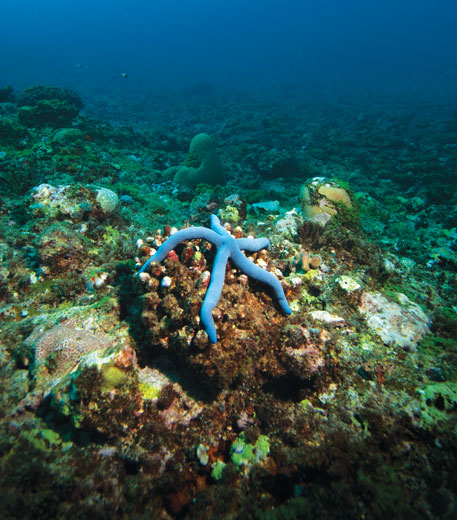

New study suggests nations will have to go for a paradigm shift they are serious about protecting wildlife



A group of scientists has called for a fundamental shift in the way nations protect their wildlife. They claim the current wildlife protection efforts have failed to protect world’s imperilled biodiversity. The reason for the failure is that nations have conveniently identified protected areas at places that have low economic value. In the process, the world has left out several important biodiversity areas because they are rich in resources.
The authors of the new study warn that 17 per cent of the 4,118 threatened vertebrates are not found in a single protected area and that 85 per cent the threatened species are not adequately covered in existing national parks.
The findings come at a time when countries are working towards what could become the biggest expansion of protected areas in history. The 193 national signatories of the Convention of Biological Diversity (CBD) made a global commitment in 2010 to increase the world’s terrestrial protected area network from 13 per cent to 17 per cent by 2020. Using computer models to simulate scenarios for future protected expansion, the authors showed that more of the earth’s land surface is set to be protected in the next decade, but the trend of using poor quality land seems set to continue. India is a member of CBD.
“We show that expanding protected areas to reach 17 per cent coverage by protecting the cheapest land, even if eco-regionally representative, would increase the number of threatened vertebrates covered by only 6 per cent,” says the study. The new study suggests to locate protected areas to ensure they meet targets for adequate coverage of all 4,118 threatened species would cost about $42.5 billion annually, which is about 7.5 times more than the cheapest option for meeting the 17 per cent target.
The study by scientists from James Cook University, the Wildlife Conservation Society, the University of Queensland, Stanford University, BirdLife International, the International Union for Nature Conservation, and other organisations has been published in the journal PLOS Biology.
Research: Targeting global protected area expansion for imperiled biodiversity
We are a voice to you; you have been a support to us. Together we build journalism that is independent, credible and fearless. You can further help us by making a donation. This will mean a lot for our ability to bring you news, perspectives and analysis from the ground so that we can make change together.

Comments are moderated and will be published only after the site moderator’s approval. Please use a genuine email ID and provide your name. Selected comments may also be used in the ‘Letters’ section of the Down To Earth print edition.